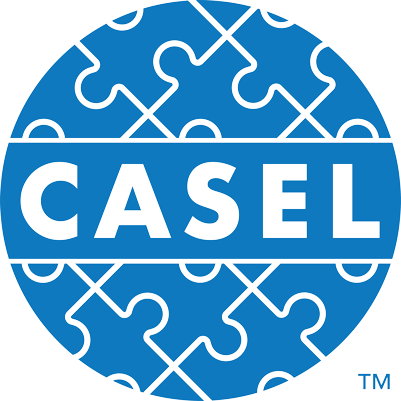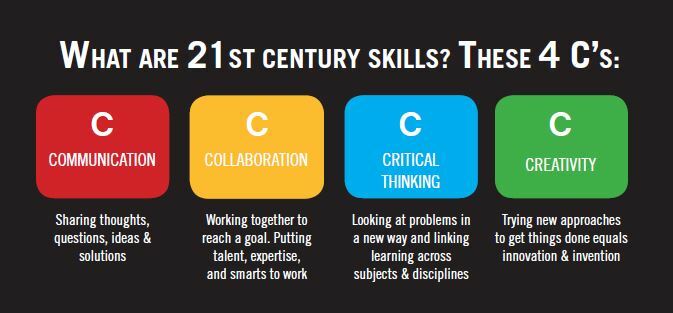Learning, Knowledge and Human Development MOOC’s Updates
Update #3 – Social-behavioral learning to support educational counseling
Social-behavioral learning is a group-based learning. Beyond enriching the learner’s mind, it serves as an indirect and preventive education counseling.
I see social-behavioral learning as a passive and preventive educational counseling, to reduce for example instances of bullying. Beyond helping to improve learning itself, it helps children better interact one with another. In particular, Social and Emotional Learning (SEL) is in my opinion a flavor of social-behavioral learning. Indeed, it is a social behavioral learning that focuses on the relationships between individuals. According to CASEL[1], Social and Emotional Learning has a positive impact on self-awareness, self-management, social awareness, relationship skills and responsible decision-making.
Drilling down a bit deeper, an important part of the social emotional learnings are the so-called 4Cs concept, increasingly associated to 21st Century skills and learning: Critical Thinking, Creativity, Communication and Collaboration.
Here is a more thorough description:
- Critical thinking is the analysis of facts to form a judgment [2]. It is about relying on facts and analyzing them in a mindful way that is neither egocentric nor sociocentric.
- Creativity is the practice of thinking outside the box. The box can be one individual’s usual perspective, but it can also be the boundaries that groups also tend to impose on themselves.
- Collaboration is the practice of working together to achieve a common goal. In this process of teamwork, learners discover that they do not have the same collaboration style, working habits and ideas as their teammates. Yet, they must acknowledge these differences and create an optimal joint effort for the benefit of the group balanced with the benefits of all individuals.
- Communication is the practice of conveying ideas quickly and clearly. Seen as the language in its broadest sense between the individuals of the group, it involves both the senders of messages, via their formulation, and the receivers of messages, via their interpretation.
Risks vs. short and long-term benefits
It can be suggested that there is a risk of creating conformity by promoting group-based social-behavioral learning. Evidence observed in studies [2] shows that conformity increases up to and during adolescence period and decreases after adolescence.
But another way to look at the question is by understanding that the whole point of the approach is empowering students, children and people in general, with the ability to make sense of group social-behavioral learning to facilitate their social interactions at school and later in their adult life. It helps set the right balance of a dynamic, lifelong learning and adaptation process of the self within the group.
[3] Philip R. Costanzo and Marvin E. Shaw, 1966, ‘Conformity as a Function of Age Level’



